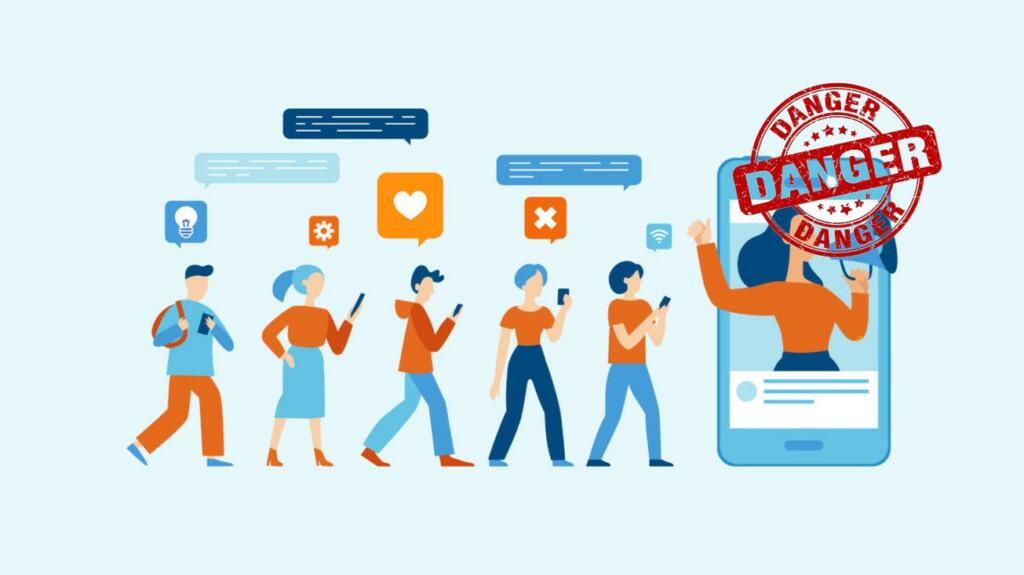Who is an ‘influencer’? Have you really thought about what the word means, and what it connotates? In terms of marketing, an influencer is a person with the ability to influence potential buyers of a product or service by promoting or recommending the items on social media. Influencer marketing is a form of social media marketing involving endorsements and product placement from influencers, people and organizations who have a purported expert level of knowledge or social influence in their field. Did you notice the words “expert level of knowledge”? That really is a prerequisite for people to be called influencers.
But around the world, influencers are not judged based on their knowledge. Today, anyone with hundreds of thousands of followers can call themselves an ‘influencer.’ They might associate themselves with one particular sector or industry, or even comment on issues relating to all walks of life. But they are not experts on any given subject. In India, social media influencers are turning into a menace. Their target audience is children from the age of 10 to 18. They make fans out of children whose mental faculties are still under development. Having trapped such children as fixated audiences, influencers can do pretty much anything; ask for anything and promote anything.
The Dark Side of India’s Influencer Market
Indian influencers, on YouTube and Instagram, are becoming cult leaders. They have a blind set of followers who obey whatever their leaders have to say. YouTube influencers promote just about anything – whether it be products, online betting, cryptocurrency, and in some cases, even dubious pyramid schemes with the promise of high returns. Since these predators masquerading as influencers have made it a point to not be bound by any moral limitations and considerations, for them, sky is the limit.
Many influencers waged an anti-vaccine campaign when India was fighting the Covid-19 pandemic tooth and nail. Their point of contention was that Indian vaccines cannot be trusted, and that people should wait for the likes of Pfizer and Moderna to begin offering their jabs in India. Influencers are also infamous for buying fake followers from various agencies and servers in order to stamp authority over their non-existent popularity. Their foundations are built on lies and deceit, and every step they take henceforth only adds to their criminal behaviour.
Just about anybody can be a model today. Are these people professionals? No. Do they have any qualifications to be in that line of work? No. Yet, do they have lakhs of followers? Yes.
With the coming of TikTok (which has now been replaced by Instagram reels), people are turning into sensations overnight. All they need is one jackpot piece of content to shoot their followers up by thousands. Thereupon, they are qualified to call themselves ‘influencers,’ because as mentioned earlier, the number of followers one has is the single most important aspect of determining who is an influencer and who is not.
Nudity, unrestricted sexual expression and abuses have been normalised in India, largely due to the impact which influencers have on adolescents and young adults. An alien lifestyle has been marketed across India as the modern way of life. Aversion to Indian ethos and values has come complementarily to this mass-deracination of Indian youth by influencers.
Unfortunately, companies – in order to make financial gains, are turning to these very influencers for branding and marketing their products and services. This is what provides oxygen to India’s influencer market. As long as influencers increase their reach, using whatever means necessary, Indian companies and those from across the world are happily willing to fill their pockets with big cash.
Some influencers, like Lakshya Chaudhary, provide a ray of hope, showing others in the market to begin behaving themselves and not to coerce, fool and dupe their audiences only to make more and more money. However, as long as audiences continue giving the crucial views which these influencers need to sustain themselves, this menace will not abate, and in fact, will only worsen here on.
